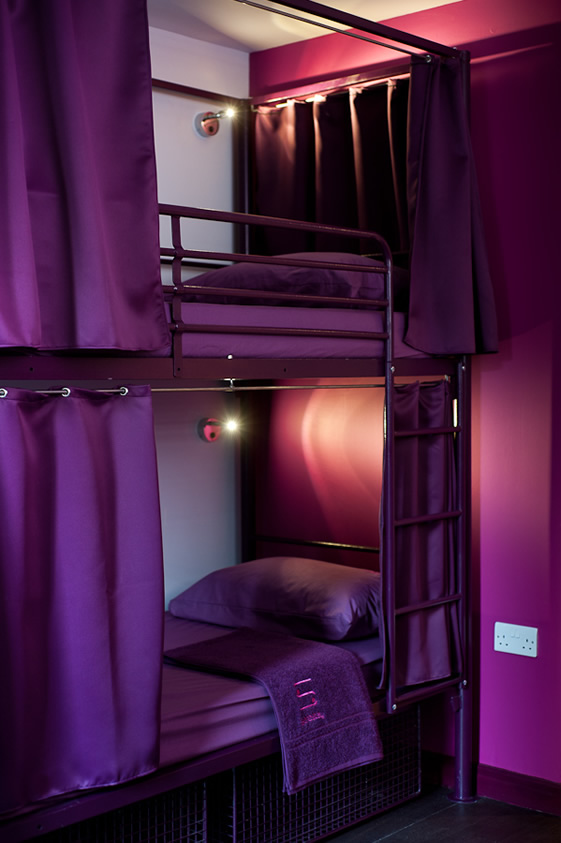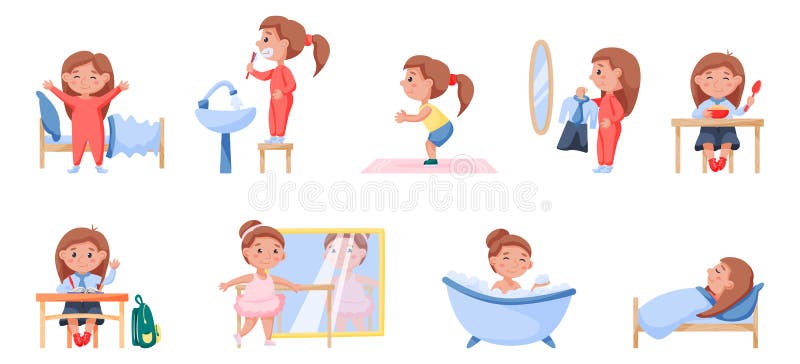Sleep Hygiene For Kids

Sleep hygiene education and relaxation techniques are recommended to improve sleep in healthy children and adult cancer survivors. No studies have tested these interventions to improve sleep and fatigue for children with acute lymphoblastic leukemia (ALL) in the home setting. Set up a bedtime routine. A regular bedtime routine starting around the same time each night. Displaying top 8 worksheets found for - Sleep Hygiene. Some of the worksheets for this concept are Sleep hygiene work, Sleep hygiene, Checklist for better sleep work, Improving and maintaining healthy sleep habits, Sleep hygiene protocol, Good sleep hygiene handout do, Good sleep habits, Getting a good nights sleep.
How To Teach Sleep Hygiene


OK, you know sleep hygiene is important for kids. So, what do you do when your toddler is resisting going to bed on time or your teenager says you’re ruining their life because they can’t take their phone to bed?
Whenever setting boundaries is challenging, remember this: kids actually crave limits. By maintaining clear limits, you’re letting them know what to expect, which helps them feel safe and secure. If the expectations keep changing, they may feel uncertain and be more likely to test you. So, try to stand firm.
Tips for setting limits to promote good sleeping habits:
- Sleep Hygiene for Children Preschoolers (ages 3-5 years) generally need between 10-13 hours of sleep per night, and school-age children (ages 6-13 years) need between 9-11 hours of sleep per night. Stick to the same bedtime and wake time every day, even on weekends. Children sleep better when they have the same bedtime and wake time every day.
- You might also consider if the amount of time you're allotting for your child to spend in bed exceeds his or her sleep needs, which are about 10 to 13 hours for a 3- to 5-year-old. Consider delaying your child's bedtime or advancing his or her wake time by 15 minutes every few days until you achieve the target sleep window.


Sleep Hygiene For Kids Worksheet
- For toddlers: If you’re working on independent sleep, be consistent by bringing your child back to their room every time they get up. Reward the behavior with something they enjoy. For example, if your child stays in their own bed for 1 night, they can earn an extra bedtime story the next night.
- For toddlers and younger school-age kids: Offer a limited number of “bedtime passes” that can be used for water refills, questions, toy requests and all of the other creative reasons kids come up with to get out of bed. When the passes have been used, they’re gone until the next night. (But, of course, use your judgment to make any exceptions, such as using the bathroom.)
- For older kids and teens: Try plugging phones and other devices into a family charging station 1 hour before bedtime—no exceptions. And instead of relying on phones for alarms, try going old school with an actual alarm clock.